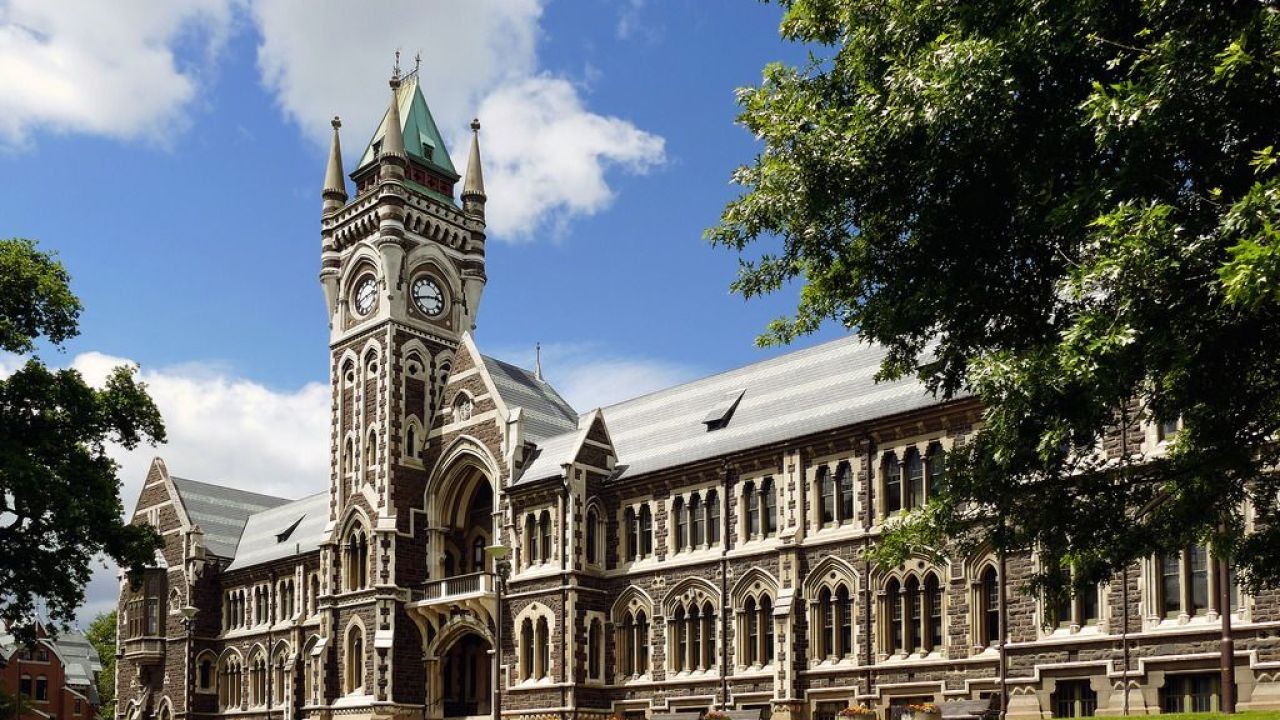New Zealand's architectural landscape has been significantly influenced by a growing minimalistic trend that champions simplicity and functionality. However, while minimalism offers several benefits, including cost-effectiveness and environmental sustainability, it poses a potential threat to the country's distinct architectural identity. This article explores how the Kiwi penchant for minimalism could be undermining New Zealand's unique architectural heritage, with a particular focus on the economic, cultural, and industry-specific implications.
Understanding Minimalism in New Zealand Architecture
Minimalism in architecture emphasizes clean lines, open spaces, and a lack of ornamentation. This approach has gained traction in New Zealand, partly due to the country's strong commitment to sustainability and environmental conservation. According to Stats NZ, the construction industry has seen a 35% increase in the use of minimalist designs over the past decade, driven by demand for eco-friendly and cost-efficient housing solutions.
The Economic Impact of Minimalism
From a financial advisor's perspective, the minimalistic trend can be a double-edged sword. On the one hand, the reduced materials and simplified designs often lead to lower construction costs. However, there's an economic trade-off in terms of reduced demand for skilled artisans and traditional building materials, which could impact local economies. According to a report by the Ministry of Business, Innovation and Employment (MBIE), the traditional building sector could face a downturn if the minimalist trend continues unchecked, potentially leading to a loss of cultural heritage and craftsmanship.
Case Study: The Christchurch Rebuild
In the aftermath of the 2011 Christchurch earthquake, minimalism played a crucial role in the city's rebuilding efforts. The focus was on creating resilient, cost-effective structures that could withstand future seismic activities. While this approach was successful in terms of functionality and safety, critics argue that it led to the loss of the city's architectural character, as many historical buildings were replaced with modern, minimalist structures.
Problem: Christchurch needed to rebuild quickly and affordably after the earthquake.
Action: The city opted for minimalistic designs to ensure safety and cost-effectiveness.
Result: The rebuild was successful in terms of meeting safety standards, but it left the city with a more homogeneous architectural look.
Takeaway: While minimalism can offer immediate benefits, it may undermine cultural and historical identity if not balanced with traditional architectural elements.
Myths and Misconceptions
- Myth: Minimalism is always more cost-effective.
- Reality: While initial costs may be lower, long-term maintenance and the potential loss of cultural value can offset these savings.
- Myth: Minimalism automatically leads to eco-friendly buildings.
- Reality: Not all minimalist designs are sustainable; the materials and construction methods used play a crucial role.
Pros and Cons of Minimalism
Pros:
- Cost-effective initial construction.
- Enhanced focus on functionality and space efficiency.
- Alignment with sustainable building practices.
Cons:
- Potential loss of cultural and architectural identity.
- Reduced demand for traditional craftsmanship.
- May not always be sustainable or energy-efficient.
Future Trends and Predictions
Looking ahead, the challenge for New Zealand will be to balance the benefits of minimalism with the need to preserve its architectural identity. According to a Deloitte report, there is an increasing interest in integrating traditional Maori design elements into modern architecture, which could serve as a middle ground. By 2030, it is predicted that 40% of new constructions will incorporate some form of cultural design elements, blending tradition with modernity.
Conclusion
While minimalism offers practical benefits, it is essential for New Zealand to find a balance that preserves its unique architectural identity. Financial advisors should consider both the economic advantages and the potential cultural costs when advising clients on property investments. What are your thoughts? How do you think New Zealand can balance minimalism with cultural preservation? Share your insights below!
People Also Ask (FAQ)
- How does minimalism impact businesses in New Zealand?Minimalism can reduce construction costs for businesses, but it may also affect cultural branding and identity, impacting long-term market positioning.
- What are the biggest misconceptions about minimalism in architecture?One common myth is that minimalism is always eco-friendly, but research shows that sustainability depends more on materials and methods than design style.
- Who benefits the most from minimalist architectural designs?Developers and homebuyers looking for cost-effective solutions benefit most, but there may be hidden cultural costs.
Related Search Queries
- Minimalism in New Zealand architecture
- Impact of minimalism on NZ culture
- Eco-friendly building trends in NZ
- Traditional vs. modern NZ architecture
- Future of architecture in New Zealand






























